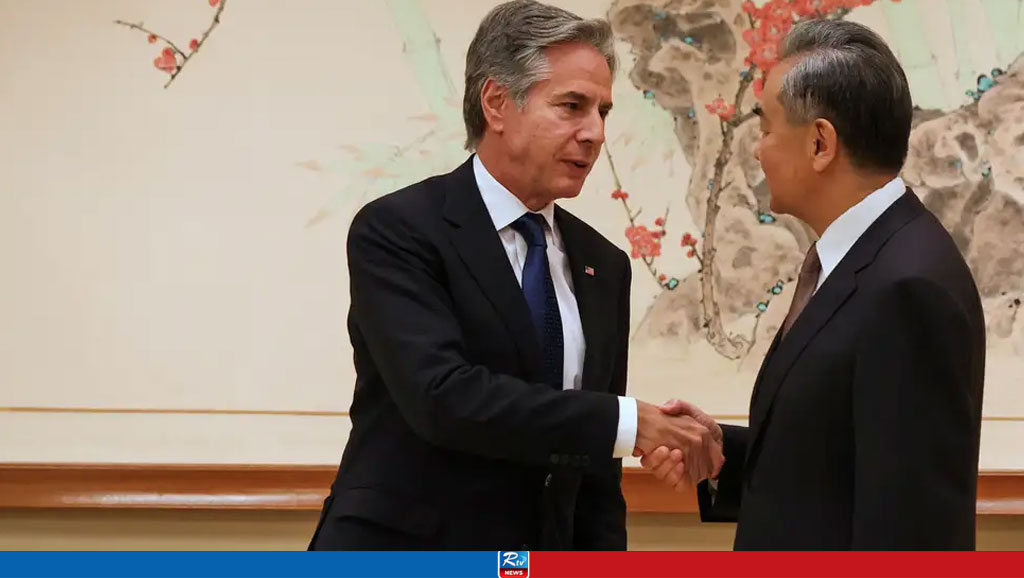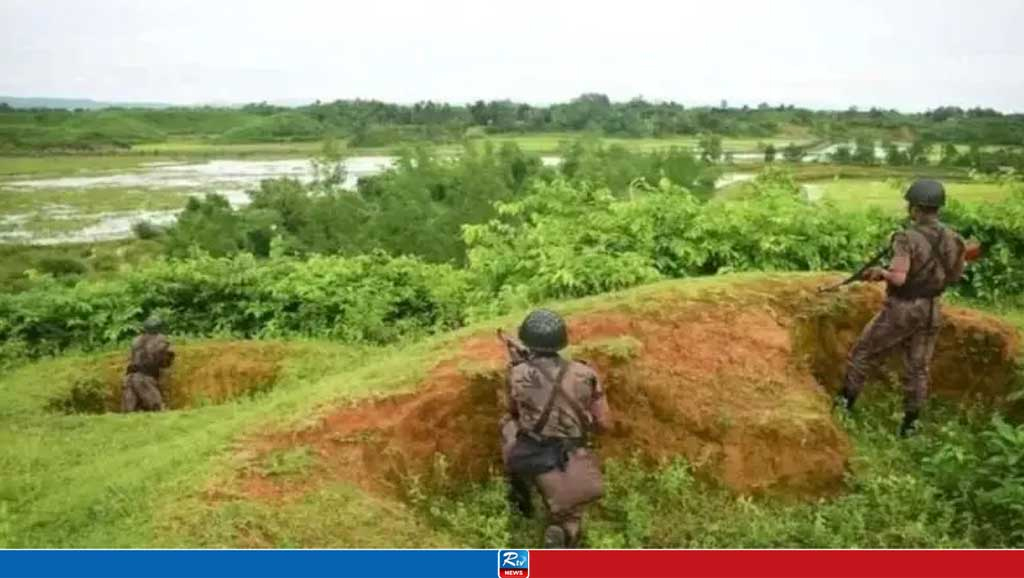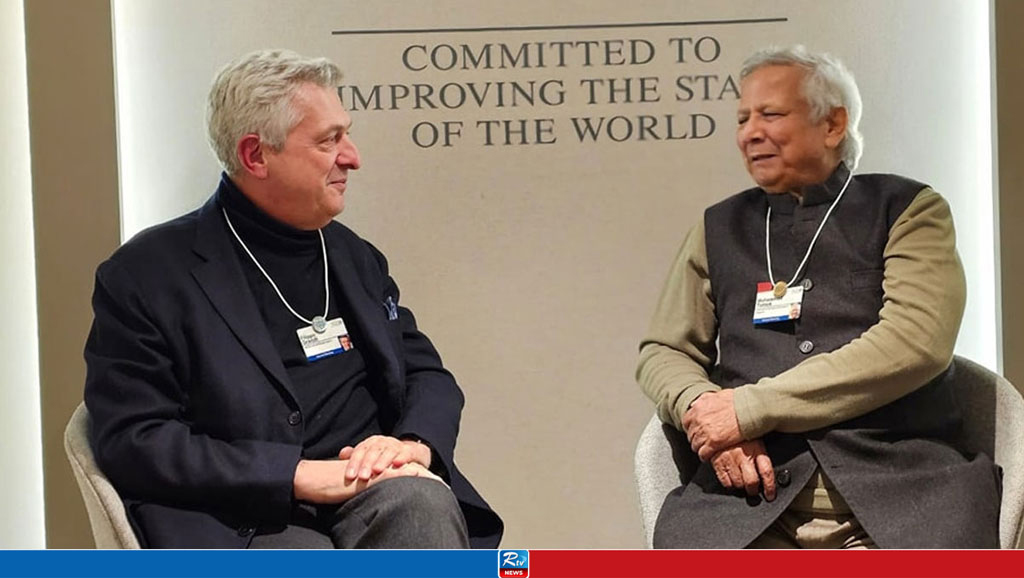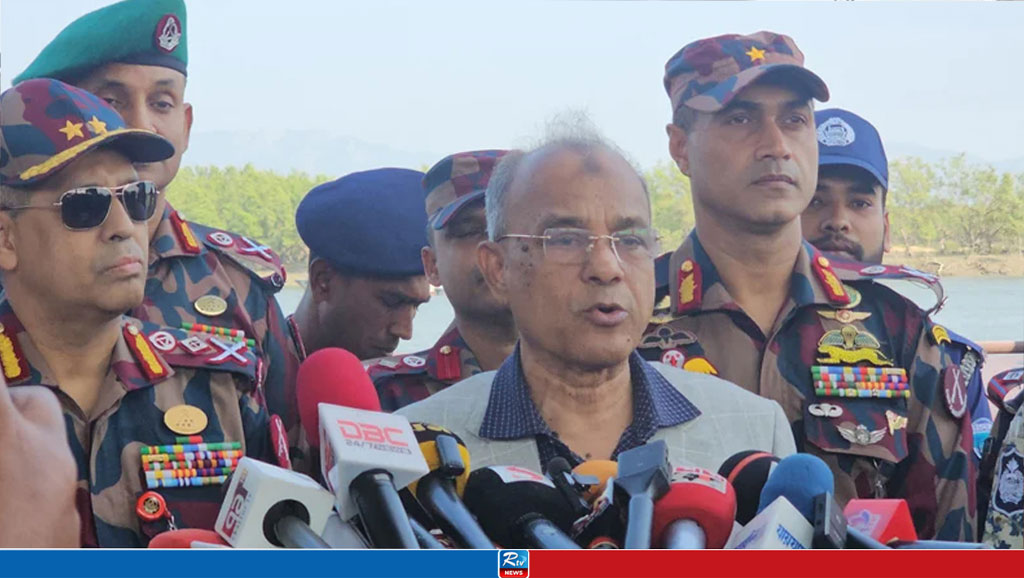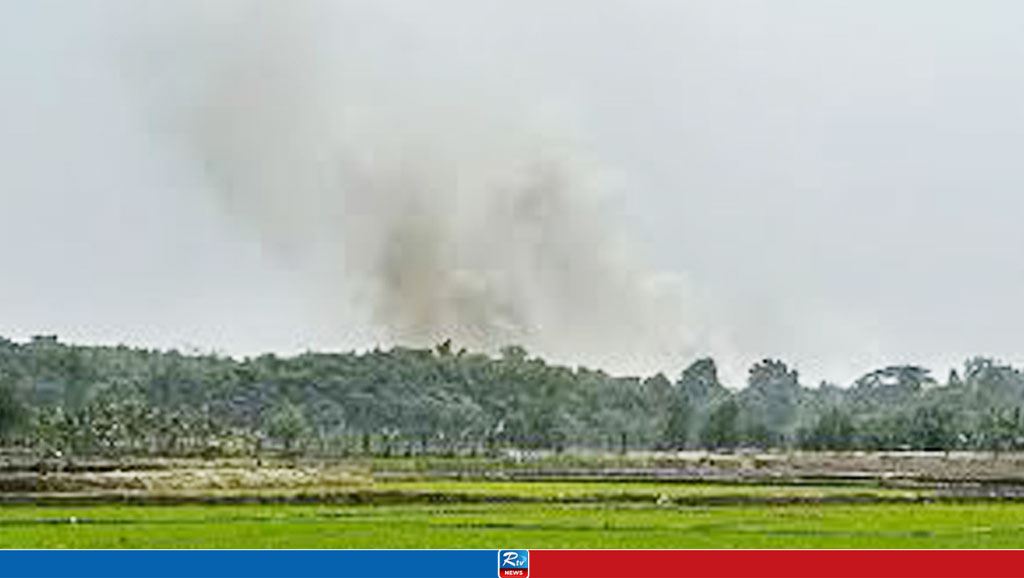Myanmar Rebels Seize Large Territory: Can They Oust the Junta?
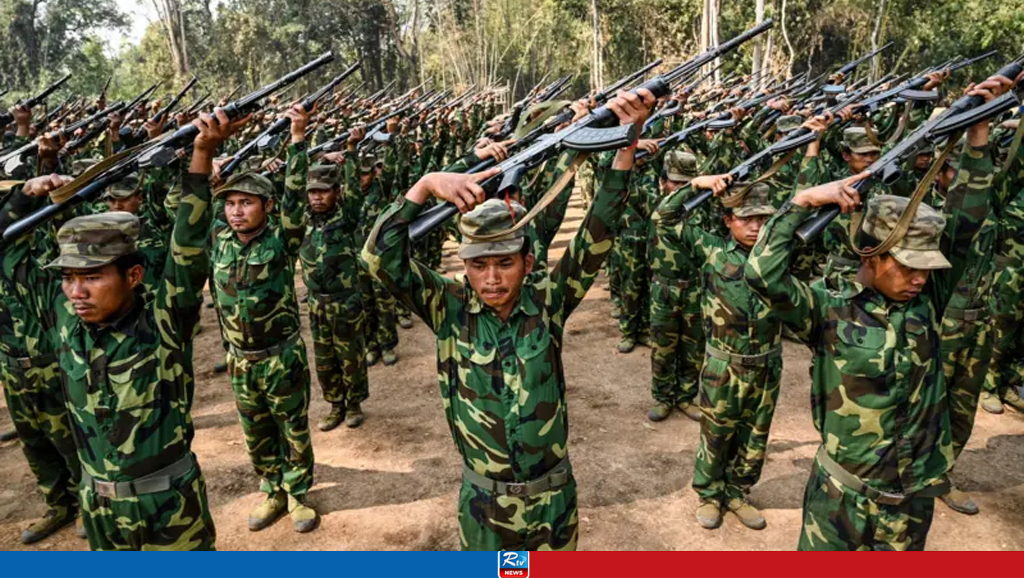
In 2021, Myanmar's military junta seized power, leading various rebel groups to establish resistance across the country. These groups have achieved significant military success, with an armed coalition ousting the junta from large parts of eastern Myanmar.
Known as the "Brotherhood Alliance," this coalition comprises three powerful rebel forces representing different ethnic groups. Their fighters have now reached close to Mandalay, Myanmar's second-largest city.
The Brotherhood Alliance, also referred to as the "Three Brotherhood Alliance," consists of the Myanmar National Democratic Alliance Army (MNDAA), the Taang National Liberation Army (TNLA), and the Arakan Army. The TNLA operates in eastern Myanmar, while the Arakan Army is based in the western region.
Historically, these groups have fought against the Myanmar government forces for greater autonomy in their regions. Now, they declare their aim is to overthrow the military government.
After ousting Aung San Suu Kyi's elected civilian government, the military took control. The MNDAA primarily comprises members of the Kokang ethnic group living in northern Shan State, near the China border. The Kokang people speak Mandarin and identify as Han Chinese.
Established in 1989, the MNDAA split from the Burma Communist Party to form an anti-government, China-supported guerrilla force. The MNDAA has frequently fought against the government military to establish autonomy for the Kokang region, with U.S. authorities labeling them as a “drug insurgency.”
The TNLA, known as the armed forces of the Taang or Palaung ethnic group, has been fighting against the government forces since 2009 for greater autonomy.
"The structure of these armed groups is quite similar to that of regular armies. They are more organized than typical insurgent forces or militias," said Yelong Shian from the Peace Research Institute in Frankfurt.
The Brotherhood Alliance's Strategy
Since October 27 last year, the Brotherhood Alliance's three armed groups have conducted coordinated attacks against Myanmar’s military, known as the Tatmadaw, across Shan State. This operation is named Operation 1027.
According to the UK-based International Institute for Strategic Studies (IISS), about 10,000 fighters participated in this campaign. The Brotherhood Alliance captured military posts and several towns, reclaiming Laukkai, a key city on the China border that the military had seized from the MNDAA in 2015.
In late August, the MNDAA advanced towards Lashio in northern Shan State and eventually took control of the city, also seizing the Tatmadaw's northeastern headquarters.
This unprecedented fall of a significant military stronghold to rebels marks a historic moment for Myanmar. Simultaneously, the TNLA has moved from Shan State into central Myanmar, positioning itself near Mandalay, which has a population of approximately 1.5 million.
"The loss of such a vital military center to rebels is unprecedented in Myanmar's history," Michael Morgan from IISS remarked, noting that Mandalay is a crucial city for the military government.
Can the Rebels Overthrow the Junta?
Morgan Michael from IISS highlighted that this poses a severe threat to the military government. The Brotherhood Alliance has paved a new path toward defeating the junta, having advanced from Shan State towards Mandalay and potentially towards the capital, Naypyidaw.
The firm "Control Risks," which advises businesses on foreign affairs, reported that the government forces now control less than half of the country's territory. However, Steve Wilford from Control Risks stated that the military is unlikely to lose in battle, as they are deploying all resources to protect Mandalay. It is most probable that the conflict will continue for several more months, causing further casualties.
According to the Organization for World Peace, approximately 330,000 civilians have been displaced during Operation 1027. In early September, the MNDAA released a statement, possibly under pressure from China, indicating they would not attack Mandalay or the Shan State capital, Toungoo. They also expressed willingness for a ceasefire and to accept Chinese mediation for peace with the military government.
However, the statement did not reflect the views of other allied groups, such as the AA, TNLA, and Mandalay PDF.
What Does the Brotherhood Alliance Want?
The National Unity Government (NUG) of Myanmar, consisting of politicians ousted by the junta in 2021, welcomed the Brotherhood Alliance's victories against the military. Exiled in Thailand, they see themselves as Myanmar's legitimate government, aiming to re-establish a civilian, democratic government.
The NUG has its own armed group, the People's Defense Force, fighting against the military. The Brotherhood Alliance stated their goals align with the NUG's objective to overthrow the junta, but no agreements have been made for joint military action, according to Shian.
"The groups within the Brotherhood Alliance desire more autonomy for their regions," Shian noted, stating their advance towards central Myanmar aims to exert more pressure on the government.
Their support for the NUG seems to be merely verbal, and no plans for joint military operations have emerged. Shian remarked that China's primary goal is to keep the conflict away from its border. However, many Chinese citizens sympathize with armed groups like the MNDAA and provide financial support.
He further mentioned that China appeared to have initially supported Operation 1027, as they wanted the MNDAA to drive out another armed group from the Kokang region, which had targeted Chinese citizens through cyber schemes.
In earlier conflicts in northern Shan State, China intervened for a ceasefire long before, but this time, it refrained from intervening until the MNDAA gained full control over Kokang.
However, the Brotherhood Alliance's move into central Myanmar seems to have surprised China, indicating that they have lost some control over the situation, according to Wilford. The Chinese government pressured the MNDAA to announce a ceasefire statement on September 4. Shian noted that they had previously issued similar statements to appease China.
Certainly, all three groups will continue fighting, especially the Arakan Army and TNLA, as their control over their territories remains unstable, Shian concluded.
(Based on BBC Bengali)
Comments
BSF Reports: / Muslims, Not Hindus, Flocked to India from Bangladesh After August
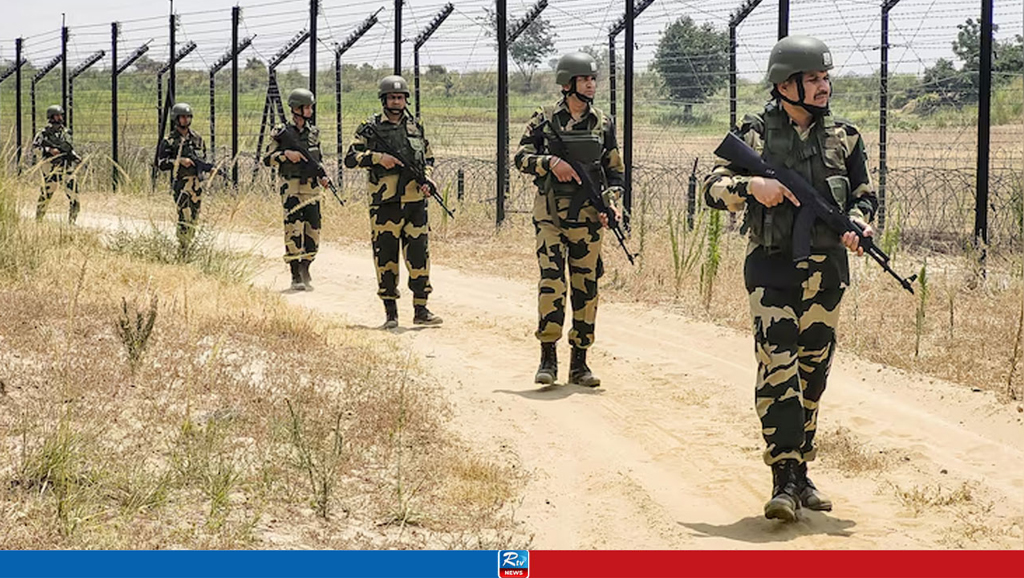
Pakistani Girls from Dawoodi Bohra community Continue to Grapple with Secretive Practice of FGM: Report

Pakistan Hikes Petrol, Diesel Prices Amid Public Outcry over Inflation

13 Soldiers Killed in Armed Attacks, BLA and BLF Claim Responsibility
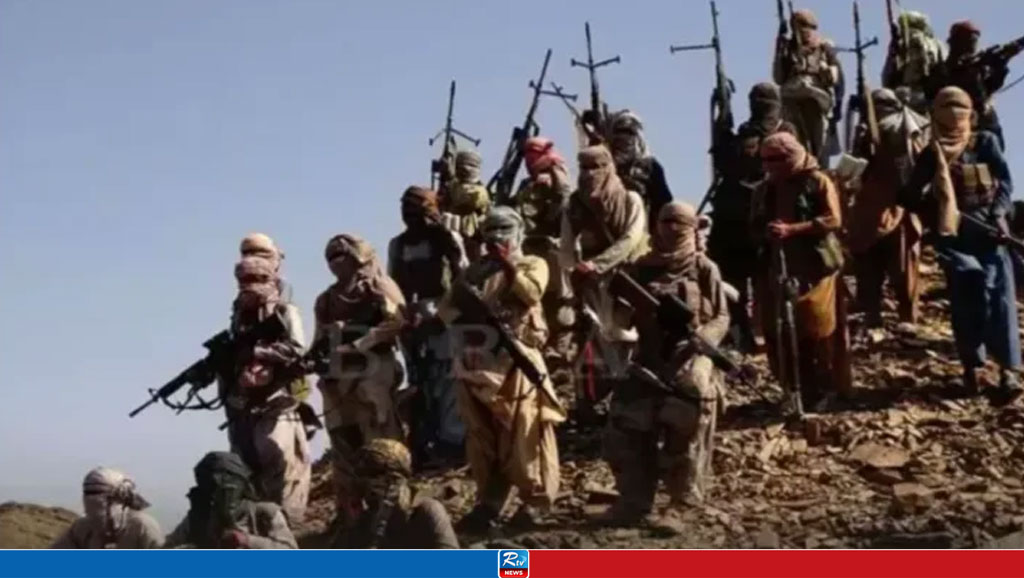
Gold Prices Surge to Two-Week High, Reasons Revealed

Thousands Evacuate over Volcanic Eruption Fears in Ethiopia
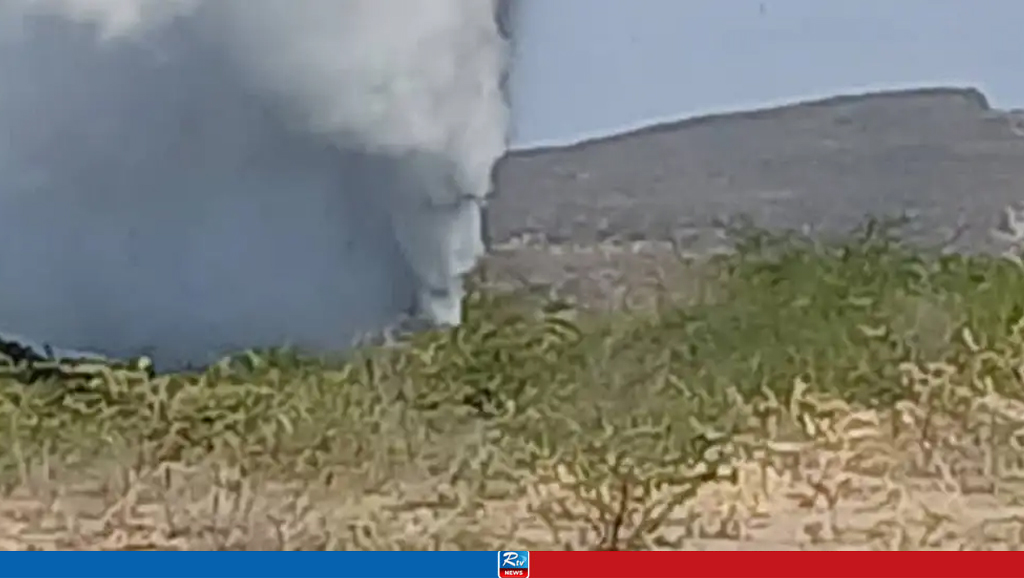
Gifted Flat Sparks Controversy: / Tulip Siddiq Under Scrutiny Over London Property
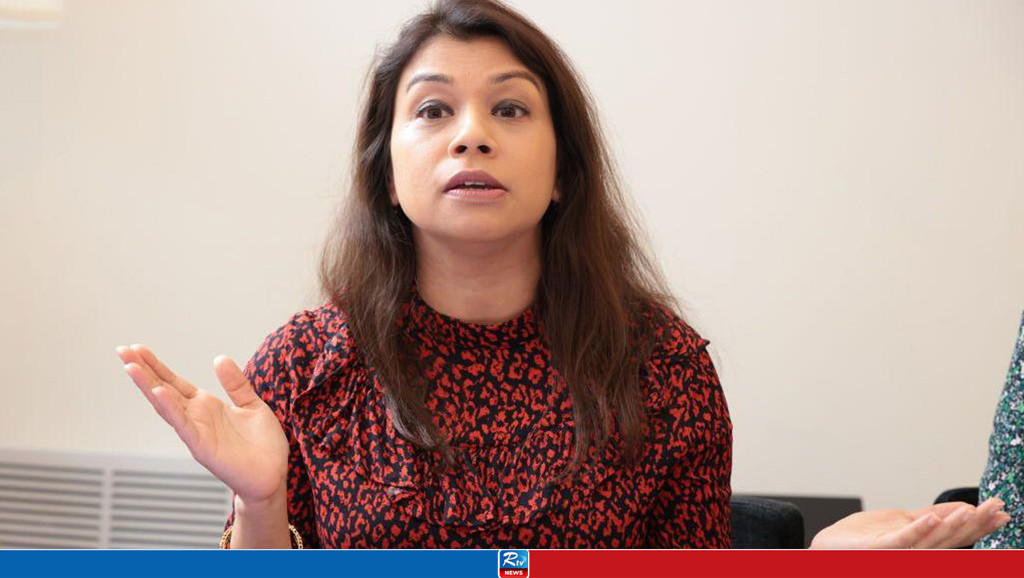

 Live Tv
Live Tv

